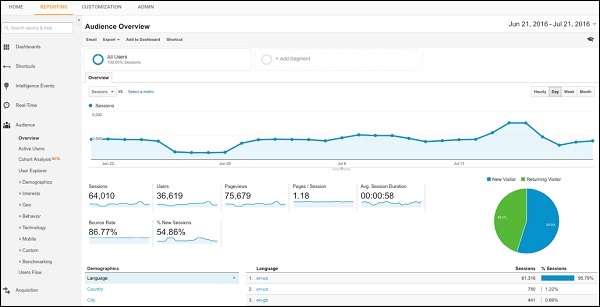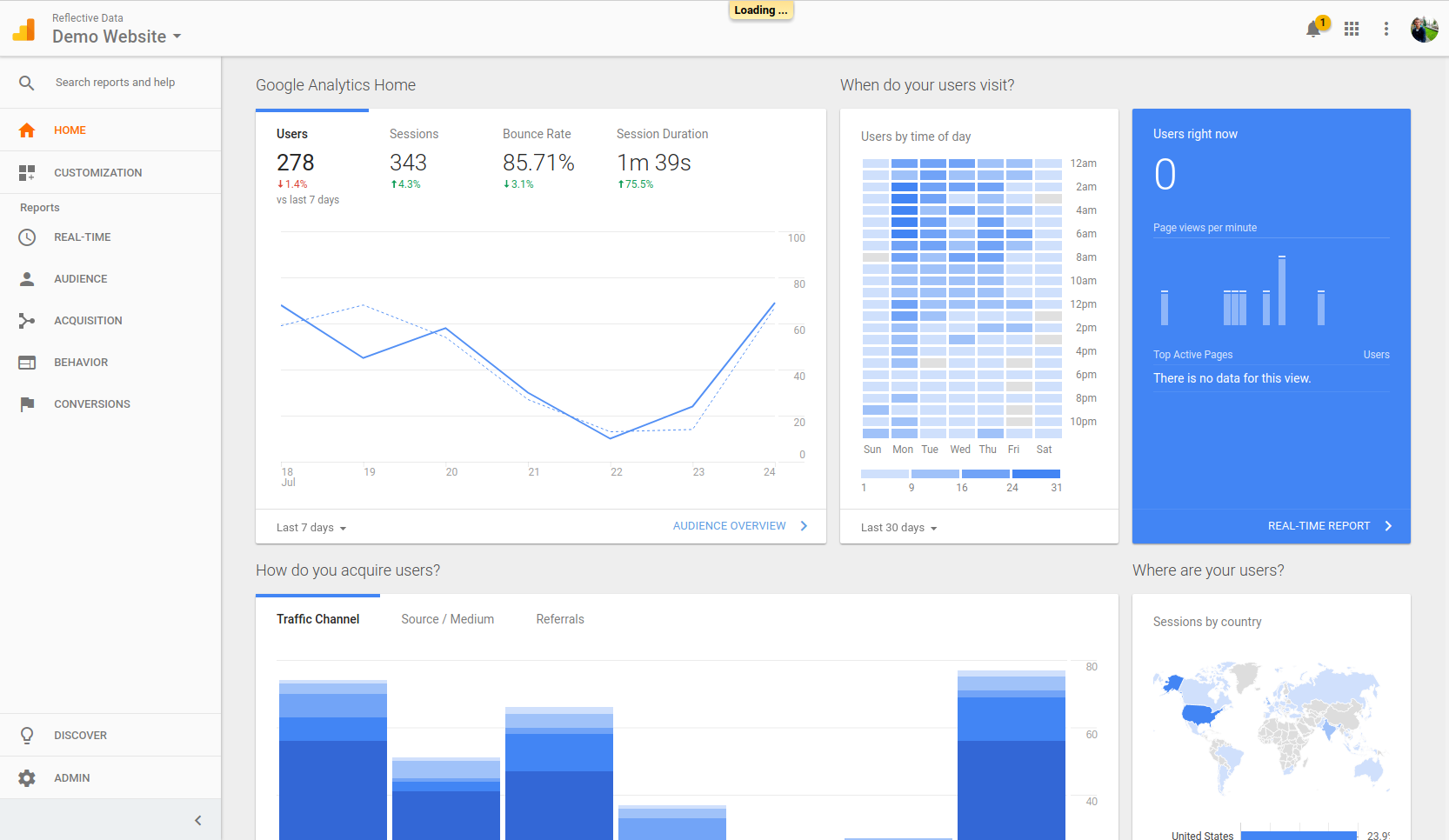
How to Use Google Analytics for Marketing: A Step-by-Step Guide
Google Analytics is an essential tool for businesses to track website traffic, monitor user behavior, and optimize marketing strategies. According to reports, over 55 percent of websites worldwide use Google Analytics to gain insights into their audience and performance. This guide explains how to use Google Analytics for marketing to improve engagement, increase conversions, and maximize return on investment.
What is Google Analytics?
Google Analytics is a web analytics platform that helps businesses track and analyze website traffic. It provides insights into user behavior, demographics, traffic sources, and campaign performance, allowing marketers to refine their strategies based on data-driven decisions.
Why Use Google Analytics for Marketing?

Google Analytics offers several benefits for businesses looking to improve their marketing performance.
- Tracks website visitors and their behavior.
- Measures the success of digital marketing campaigns.
- Analyzes traffic sources to understand where users are coming from.
- Identifies high-performing content and landing pages.
- Improves conversion tracking for sales and lead generation.
- Provides real-time data for quick decision-making.
How to Set Up Google Analytics for Marketing
Before using Google Analytics for marketing, you need to set it up correctly.
1. Create a Google Analytics Account
Sign up for Google Analytics at Google Analytics and set up a new property for your website.
2. Install Google Analytics Tracking Code
Copy the unique tracking code and paste it into the header section of your website or use Google Tag Manager for easier integration.
3. Configure Google Analytics Goals
Set up goals in Google Analytics to track conversions such as purchases, form submissions, or newsletter sign-ups.
4. Link Google Analytics with Google Ads
Integrate Google Ads with Google Analytics to measure the effectiveness of your paid advertising campaigns.
Key Metrics to Track in Google Analytics for Marketing
Understanding key metrics helps marketers optimize campaigns effectively.
1. Website Traffic
Track the number of visitors, unique users, and returning users to assess overall reach.
2. Traffic Sources
Analyze where your website traffic is coming from, including organic search, paid search, social media, email, and referrals.
3. Bounce Rate
Measure the percentage of users who leave the site after viewing only one page. A high bounce rate may indicate poor user experience or irrelevant content.
4. Average Session Duration
Assess how long users stay on your site to determine engagement levels.
5. Conversion Rate
Track the percentage of visitors who complete a desired action, such as making a purchase or filling out a contact form.
6. User Demographics
Analyze visitor demographics such as age, gender, location, and device usage.
How to Use Google Analytics for Digital Marketing Strategies

Google Analytics helps businesses refine their digital marketing efforts by providing actionable insights.
1. SEO Optimization
Use Google Analytics to identify top-performing keywords, track organic search traffic, and analyze landing page performance.
2. Content Marketing
Analyze page views, time on page, and user engagement to determine which content performs best.
3. Social Media Analytics
Monitor traffic from social media platforms to see which posts and campaigns drive engagement.
4. Paid Advertising Performance
Track the effectiveness of Google Ads campaigns by measuring cost per conversion, click-through rate, and ad impressions.
5. Email Marketing Insights
Use UTM parameters to track how email campaigns drive website traffic and conversions.
Advanced Google Analytics Features for Marketing
For more in-depth marketing insights, explore advanced Google Analytics features.
1. Google Analytics 4 (GA4)
GA4 offers AI-driven insights, cross-device tracking, and better event tracking compared to Universal Analytics.
2. Custom Dashboards
Create personalized dashboards to monitor the most relevant marketing KPIs.
3. Multi-Channel Funnels
Analyze how different marketing channels contribute to conversions.
4. Behavior Flow Reports
Visualize user navigation paths to optimize website structure and user experience.
Why Choose TaskVirtual for Google Analytics Services?
TaskVirtual provides expert Google Analytics services to help businesses optimize their marketing strategies with data-driven insights.
- Custom Google Analytics setup and configuration.
- In-depth traffic and conversion analysis.
- Integration with Google Ads and other marketing tools.
- Affordable pricing starting at $3.12 / hour to $14.99 / hour, ensuring value for money.
- 364 positive reviews on esteemed VA reviewing platforms, which amounted to a 4.7-star rating
- Expert guidance on GA4 migration and advanced tracking features.
Conclusion
Google Analytics is a powerful tool that helps businesses track website performance, optimize marketing strategies, and increase conversions. By monitoring key metrics such as traffic sources, bounce rates, and conversion rates, businesses can refine their marketing efforts for better results. As Google Analytics 4 continues to evolve, businesses that embrace data-driven marketing will gain a competitive edge. Partner with TaskVirtual for expert Google Analytics support and maximize the potential of your marketing campaigns.







